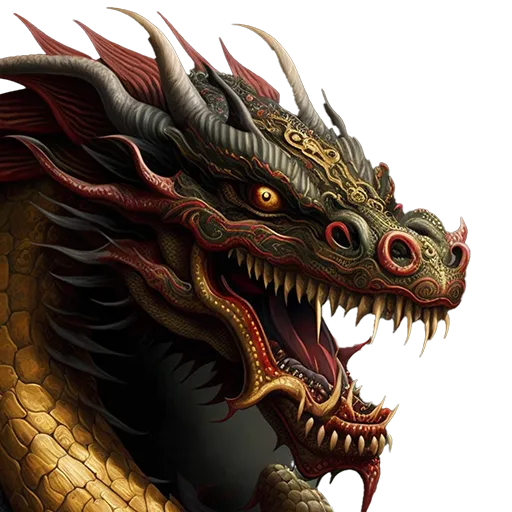Mizong Quan (迷蹤拳) Origins and Characteristics
Mizong Quan, also known as Mizong Yi and Yanqing Quan, originated at the famed Shaolin Temple in the later part of the Tang Dynasty (618-907).
Mizong Quan translates as the Lost Track Style. The name is due to the fast changing and baffling footwork which makes it difficult for the opponent to keep track of your movements. Mizong Quan is one of the famous styles of Cang Zhou, the Hometown of Chinese Martial Arts.
Mizong Quan pays special attention to developing proper footwork. Evading, dodging, leaping and jumping are practiced with great care and attention to detail, to make the footwork lively, quick and effective.
The style incorporates the practice of Empty Hand and Weapon Routines as well as Fighting Sets both with empty hands and weapons. Its techniques emphasize the blending of Hardness and Softness to deliver fast and impactful blows.
Mizong Quan’s fighting concepts are built upon the following saying: Yuan Ti Jin Da (遠踢近打), which means Kick from Far and Strike Close. Many other fighting principles arise from this fundamental concept.
Mizong Quan stresses sudden and explosive attacks on the opponent’s upper, middle and lower gates. The idea is to use consecutive attacks that blend both fake and real actions to overwhelm the opponent. Fighting strategy relies on four key points: The first is Speed, the second is Deception, the third is Change, and the fourth is Ingenuity.
Among Mizong Quan’s special skills are the practice of Qi Gong as well as Iron Palm Training. These practices are treasures that are being lost because of the time required to achieve adequate skill in these arts.
Today, Mizong Quan is highly regarded as an important part of China’s historical martial arts heritage. It is part of the Mizong Luohan system taught at our school. I will write about Luohan Gong Fu in a future post.
Note: Traditionally most styles incorporated some form of Qi Gong (breath work practice), as well as conditioning methods for the hands and other anatomical weapons. These conditioning or hardening methods required the use of special liniments known as Die Da Jiu, literally Fall Hit Wine, to avoid long term damage.
Read the Post on Cang Zhou: The Hometown of Chinese Martial Arts to learn more about its martial arts styles.
